Dehumidifiers and air conditioners are similar in that they both reduce the humidity level of inside air.
While they share this feature, there are several major differences.
Dehumidifiers are most often used in spaces where uncomfortable levels of humidity, condensation or mold growth are likely to occur but the ambient air temperature is not an issue.
Humid air is pulled into the dehumidifier, passed over an evaporator coil followed by a condenser coil, and then released back to the space it came from.
As the air flows over the condenser coil, humidity is removed and the air is warmed slightly, leading to warmer air being discharged than was previously taken in. In some units the heat is used to sterilize the return air, ridding it of biologicals such as fungus and mold.
A dehumidifier’s ability to reduce and control the moisture of a specific area makes dehumidifiers great for crawl spaces, basements and water damage restoration.
Dehumidifiers are often used alongside air movers to rapidly and efficiently dry wet rooms after flooding, significantly reducing the room’s risk of later construction damage and mold development.
In contrast, while air conditioners also reduce the humidity level in a room, instead of exhausting warm air, they cool it, making warm, sticky environments far more comfortable.
While dehumidifiers are completely stored in the space they’re working, air conditioners are usually placed in windows or parts of them stored outside (like a window system) because their heat exchangers release far hotter air than a dehumidifier does.
Warm, moist air is taken into an air conditioner, either via the device or via a port in the wall. Like a dehumidifier, the air moves over an evaporator coil and then a condenser coil.
As air moves over the condenser coil, the heated air it generates is captured and discharged outside, leading to a cooler atmosphere.
The cooling effect of the AC is the most crucial reason why these machines are used.
So in one sentence, the main difference between a dehumidifier and an air conditioner is that a dehumidifier reduces humidity level by drying the air and making it slightly warmer, whereas an air conditioner removes humidity and cools the air, but requires a vent to expel hot air outside.
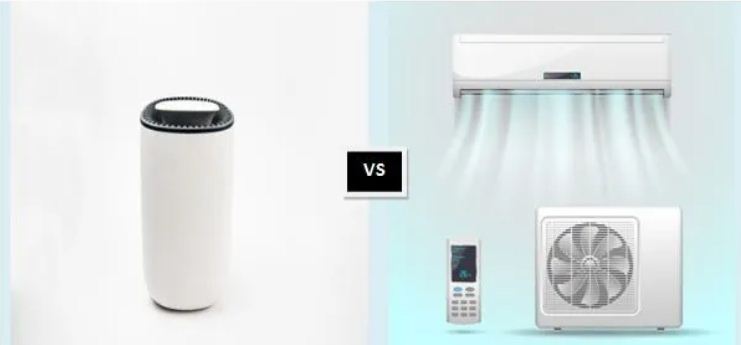

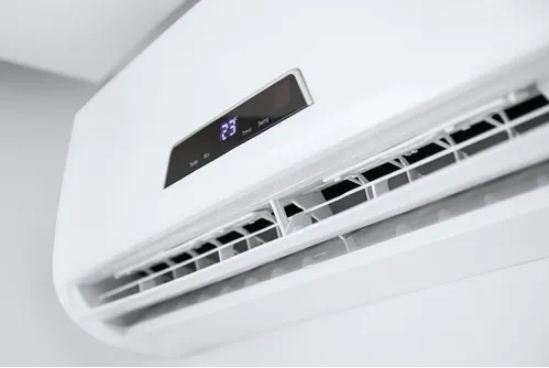
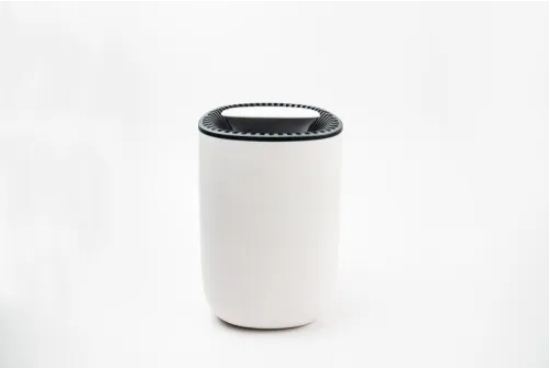

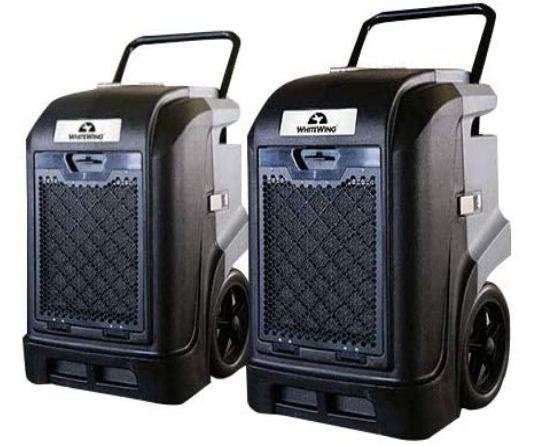
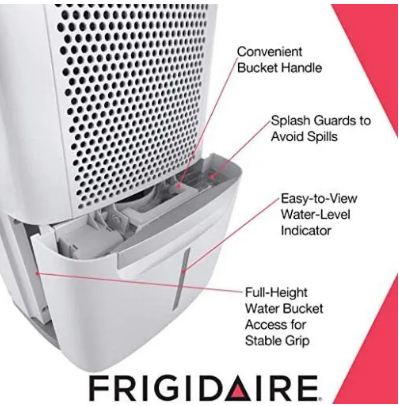

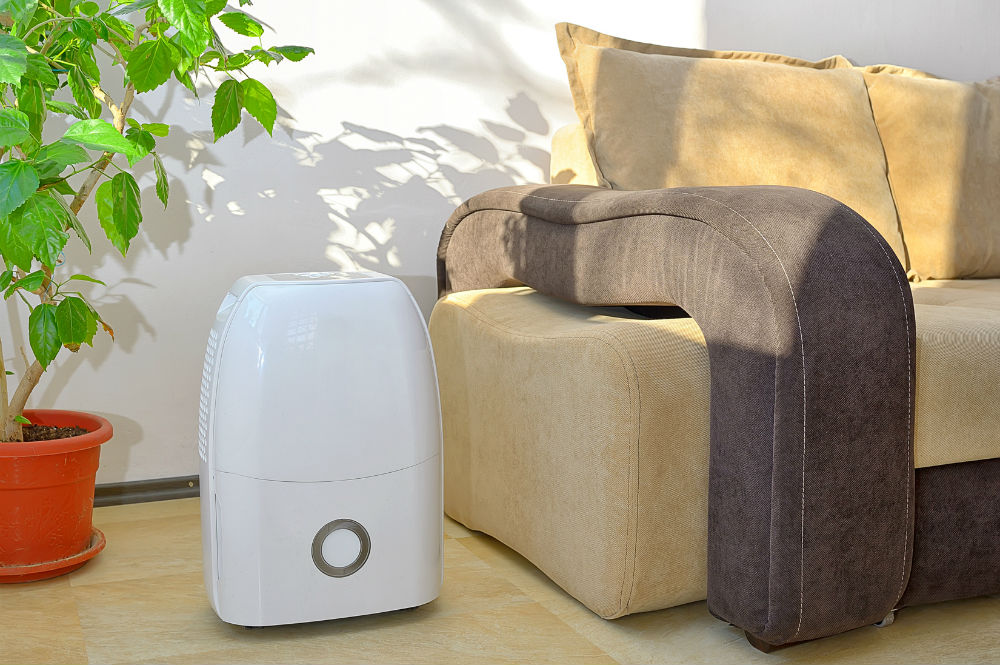
This article is incorrect in its statement that “Like a dehumidifier, the AIR moves over an evaporator coil AND THEN a condenser coil.”
That’s defining only a dehumidifier operation. In a/c systems (all of them, including refrigeration and heating units) the “air” moving over the coils is separated, contained in different locations. It is not the “same” air.
You do have the different technological explanations correct in the rest of the article.
Please clarify your statement to reflect accuracy, and if it was just an error of speech, I apologize.